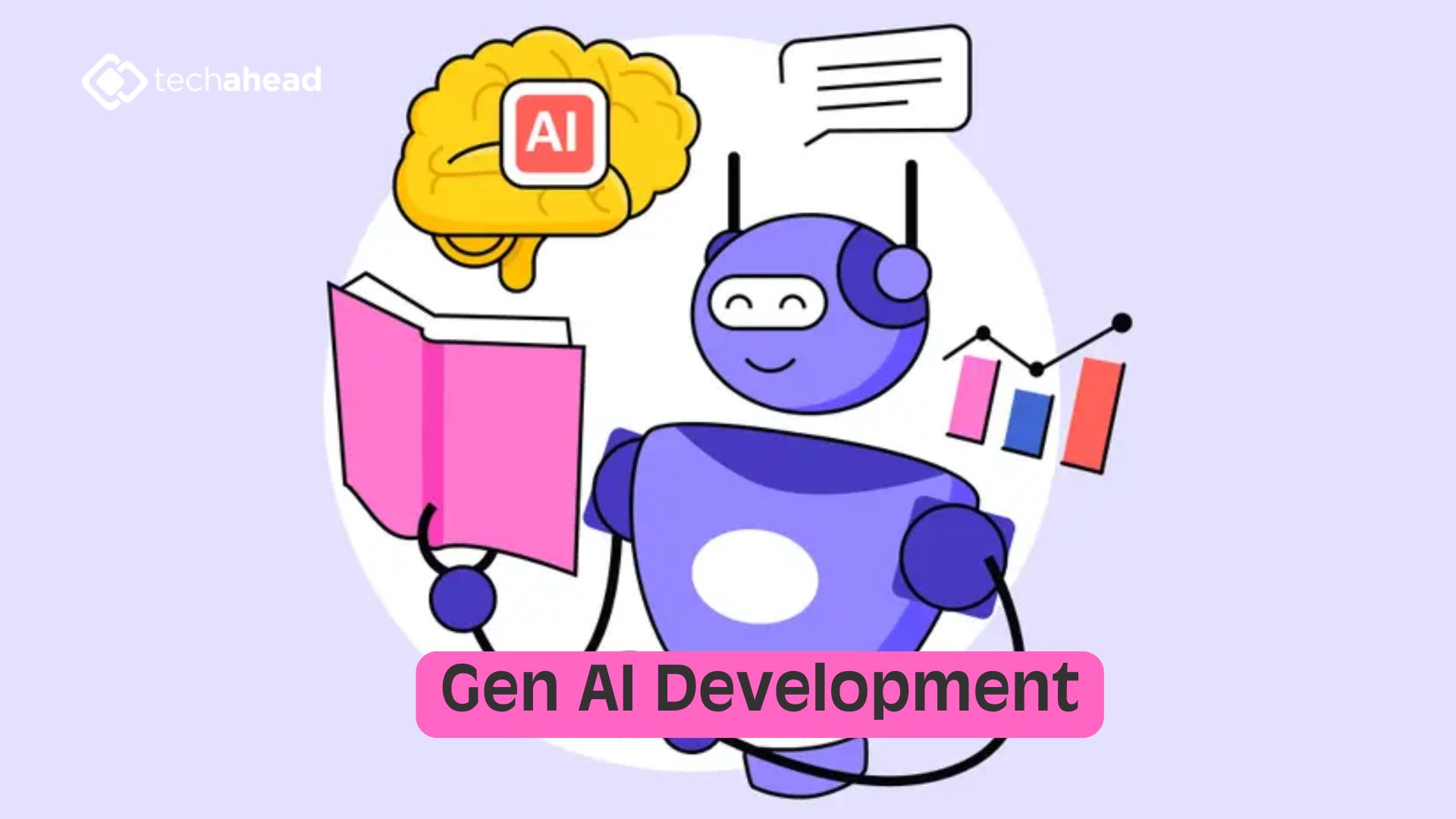
Generative AI is ushering in a new era for software development, where applications not only process data but actively create content and solutions. GEN AI development services provide a comprehensive framework for organizations to harness these advanced capabilities. By training models on domain-specific datasets, integrating them into existing architectures, and managing the full lifecycle—from data gathering to deployment—developers can accelerate innovation and deliver features that previously seemed out of reach.
This shift goes beyond simple task automation. Generative systems can draft design mockups, write functional code snippets, summarize complex datasets, and even propose strategic recommendations. The result is an agile development process in which teams can prototype rapidly, validate ideas with real users, and refine outputs continuously. With a robust generative AI pipeline in place, businesses gain a competitive edge by responding faster to market needs and scaling creative processes without proportionally increasing headcount.
Integrating Generative Models into Production Workflows
Building a production-grade generative AI solution involves several key stages:
-
Data Acquisition and Preparation
Collecting high-quality, representative data is the cornerstone of any AI project. This phase includes sourcing internal logs, user-generated content, and third-party datasets, followed by cleaning, normalization, and anonymization to ensure privacy and compliance. -
Model Selection and Customization
Choosing the right architecture—whether an open-source transformer or a proprietary generative engine—depends on performance requirements and licensing constraints. Fine-tuning these models on domain-specific data aligns their outputs with organizational standards and minimizes irrelevant or nonsensical results. -
Infrastructure and Deployment
Generative workloads often demand GPU acceleration and elastic scaling. Containerized microservices deployed on Kubernetes clusters or serverless platforms provide the flexibility to handle variable traffic patterns while optimizing resource usage and cost. -
Monitoring, Evaluation, and Retraining
Continuous monitoring tracks metrics such as response accuracy, latency, and user satisfaction. When performance drifts or new patterns emerge, automated retraining pipelines update the model with fresh data, preserving reliability over time.
Each of these stages benefits from specialized tooling and expertise. GEN AI development services bring together data engineers, machine learning specialists, and DevOps teams to orchestrate this workflow, ensuring that generative intelligence integrates seamlessly with your software ecosystem.
Enhancing Responsiveness with NLP Development Services
While generative AI excels at creating new content, it needs structured inputs to perform effectively. That’s where nlp development services become essential. Natural Language Processing lays the groundwork for understanding user intent, extracting relevant entities, and interpreting sentiment before any generation occurs.
A typical NLP pipeline might include:
-
Tokenization and Text Normalization: Breaking input into meaningful units and standardizing formats.
-
Entity Recognition: Identifying names, dates, product IDs, and other crucial details.
-
Intent Classification: Determining user goals, such as requesting support, placing an order, or asking for information.
-
Sentiment Analysis: Gauging emotional tone to tailor responses or flag urgent issues.
By combining these NLP components with generative engines, applications can manage complex dialogues, produce accurate summaries of long documents, and generate context-aware responses. For example, a support portal could automatically interpret a user’s complaint, extract account details, and draft a customized reply—all within seconds.
Core Features of Advanced AI Solutions
When evaluating how to integrate generative and language-understanding capabilities, look for these critical features:
-
Modular Microservices Architecture
Decoupled services for data ingestion, model inference, and post-processing allow independent scaling and straightforward maintenance. -
Customizable Prompt Frameworks
Systems that let developers define templates, variable slots, and conditional logic ensure consistent and controllable outputs. -
Secure Data Handling
End-to-end encryption, role-based access controls, and audit logs safeguard sensitive information and meet regulatory requirements. -
Real-Time and Batch Modes
Offering both synchronous APIs for interactive applications and batch processing for large-scale document generation maximizes flexibility. -
Feedback-Driven Retraining
Automated pipelines that incorporate user ratings, manual reviews, and usage statistics help models evolve in line with real-world needs. -
Observability Dashboards
Visual tools that display throughput, error rates, and quality metrics empower teams to detect issues early and optimize performance.
These features ensure that your generative AI infrastructure remains reliable, efficient, and aligned with evolving business objectives.
Real-World Impact Across Industries
Organizations are already leveraging combined generative and NLP capabilities to transform operations:
-
E-commerce: Auto-generating product descriptions and personalized marketing emails based on customer profiles.
-
Healthcare: Summarizing patient histories and drafting preliminary diagnostic reports for physician review.
-
Finance: Translating financial regulations into automated compliance checklists and risk-analysis summaries.
-
Education: Creating adaptive learning exercises and explanatory content tailored to individual student progress.
-
Manufacturing: Producing maintenance guides and troubleshooting documentation from equipment telemetry data.
In each case, the synergy of understanding (via NLP) and creation (via generative AI) reduces manual effort, speeds up service delivery, and enhances user satisfaction.
Conclusion
Implementing advanced generative and language-understanding systems requires cross-functional expertise in data science, software engineering, and operations. TechAhead specializes in providing end-to-end GEN AI development services and nlp development services that guide you from initial concept through production deployment and ongoing optimization.
Partner with TechAhead to embed adaptive intelligence within your applications, streamline workflows, and unlock new avenues for innovation. Reach out to TechAhead today to explore how generative AI can accelerate your next project and deliver measurable business value.